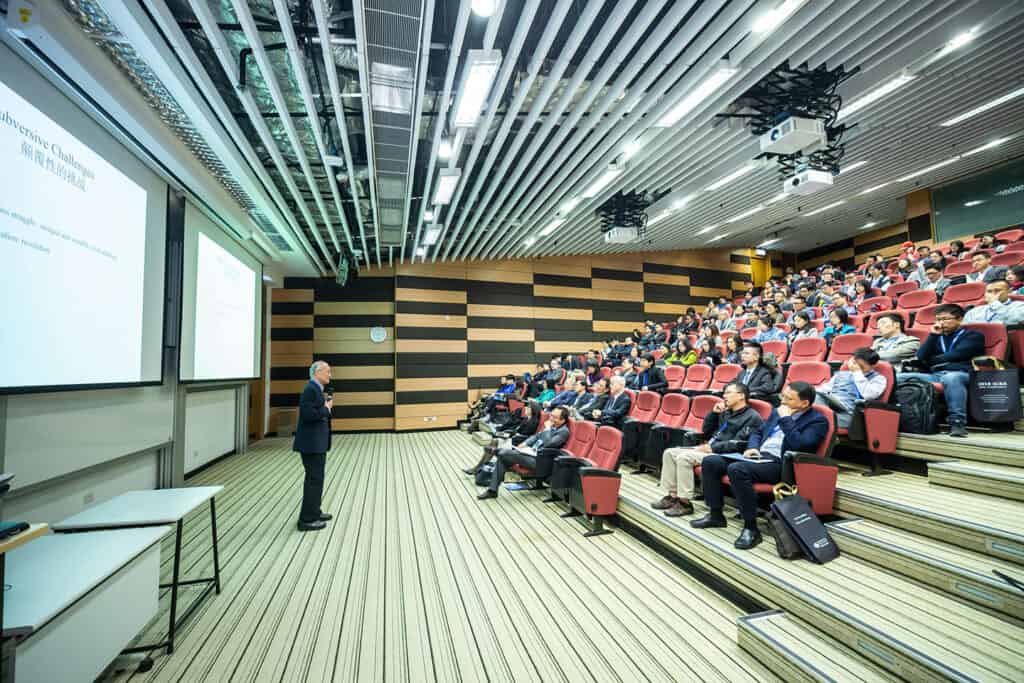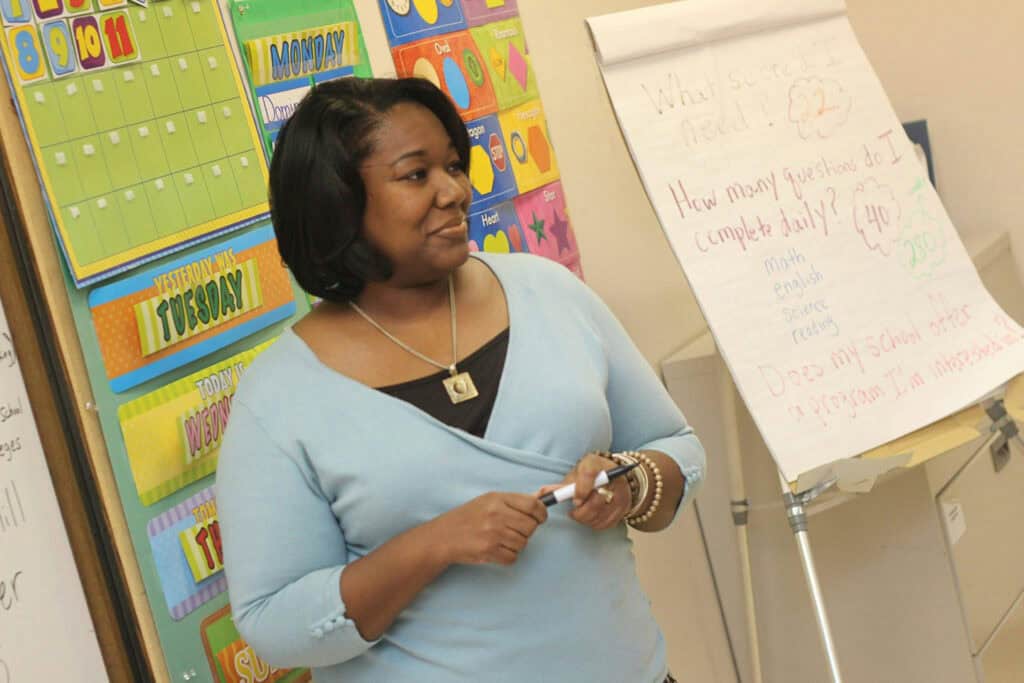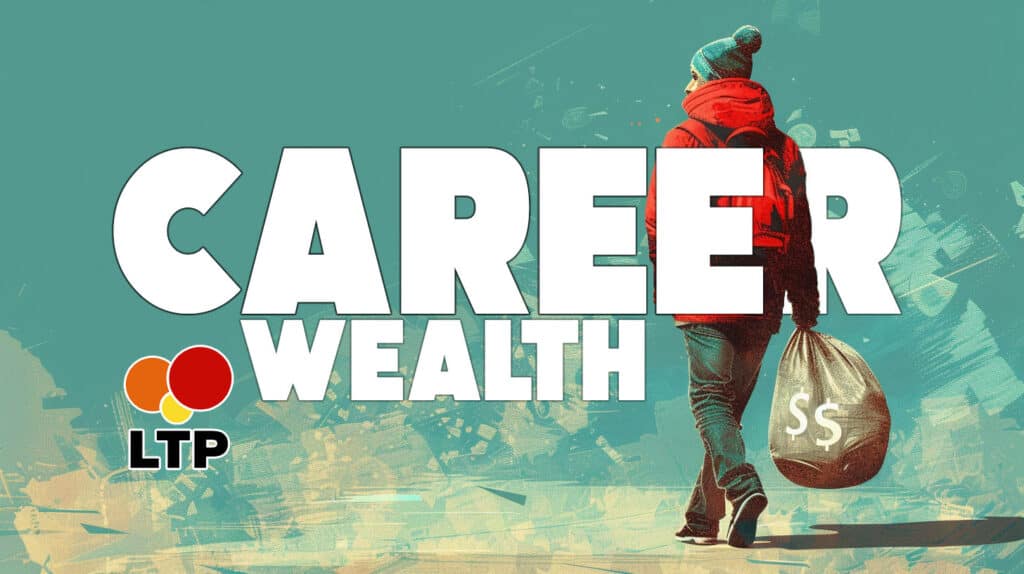

Have you ever wondered what sets exceptional teachers apart? It’s not just their passion for education—it’s their ability to set and achieve career goals that transform classrooms and student lives.
At Life Tree Planner, we understand the challenges teachers face in reaching their full potential. We’re here to guide you through setting, achieving meaningful career goals and teach you career and wealth.
In this article, we’ll explore why setting career goals is crucial for teachers.
We’ll outline practical strategies and actionable steps to help you enhance your teaching effectiveness, develop professionally, and make a lasting impact on your students and community.
Ready to take your teaching career to new heights? Let’s learn the strategies that will empower you to achieve your career goals and unlock your full potential as an educator.
By the end of this journey, you’ll not only have clarity on your career path but also the tools to cultivate a positive classroom environment, inspire student achievement, and lead with confidence.
Here are 10 teacher career goals:
- Classroom Management: Organize and maintain a productive learning environment.
- Advance Your Education: Pursue higher qualifications for career growth.
- New Teaching Methods: Innovate to engage students effectively.
- Integrate Technology: Use digital tools to enhance teaching.
- Classroom Culture: Foster a positive atmosphere for learning.
- Teach a New Course: Expand teaching expertise in different subjects.
- Improve Student Grades: Implement strategies for academic success.
- Better Work-Life Balance: Maintain a healthy professional and personal life.
- Teaching Portfolio: Showcase teaching skills and achievements.
- Connections with Teachers: Collaborate with peers for support and learning opportunities.
See also How to Set Career Goals: 10 Essential Steps to Career Success
Importance of Setting Career Goals for Teachers

Setting career goals for teachers is crucial for life planning and ensuring success in their profession. By setting professional goals, teachers can focus on developing effective teaching methods and improving student learning.
This helps them create a positive impact on children and the community. Goals also encourage continuous learning, helping teachers stay updated with the latest instructional strategies.
Furthermore, setting goals helps leadership skills, allowing teachers to take on more responsibilities and guide their peers.
Ultimately, clearly defined career goals contribute to the overall development and success of both teachers and their students.
Here are 10 reasons for the importance of setting goals as a teacher:
- Focus and Direction: Provides clarity and purpose in teaching, helping teachers stay on track.
- Continuous Learning: Encourages ongoing professional development and adaptation to new teaching methods.
- Improved Instruction: Enhances teaching strategies to better support student learning.
- Student Success: Positively impacts student outcomes and overall academic achievement.
- Leadership Development: Builds leadership skills and opens opportunities for advanced roles.
- Community Impact: Strengthens teachers’ contributions to their school and local community.
- Professional Growth: Facilitates career advancement and personal fulfillment.
- Increased Responsibilities: Prepares teachers for greater roles and challenges within their profession.
- Innovative Teaching: Promotes the integration of new and effective teaching methods.
- Improves Job Satisfaction: Enhances teachers’ sense of achievement and fulfillment in their careers.
Best Career Goals for Teachers

We choose the best career goals to help teachers create success and positively impact children. Teachers should develop leadership skills, focus on effective instruction, and engage with the community.
By setting these goals, teachers can enhance their professional growth and contribute significantly to the success of their students and the community.
1. Classroom Management
Classroom management is a crucial teacher career goal that enhances teaching strategies and professional development.
Effective classroom management involves refining teaching methods to boost student learning and engagement. Educators who excel in classroom management skills can create a positive learning environment, improve curriculum delivery, and help better student outcomes.
Prioritizing classroom management as a career goal helps teachers become more effective and successful in their roles.
Here are 10 tips for effective classroom management:
- Set Clear Expectations: Define and communicate classroom rules and procedures.
- Build Relationships: Help positive relationships with students to create a supportive learning environment.
- Consistent Discipline: Apply rules consistently and fairly to maintain order.
- Engage Students: Use interactive and varied teaching strategies to keep students engaged.
- Organize the Classroom: Arrange the physical space to facilitate learning and minimize disruptions.
- Plan Ahead: Develop detailed lesson plans to ensure smooth transitions and reduce downtime.
- Positive Reinforcement: Recognize and reward positive behavior to encourage compliance.
- Professional Development: Continuously seek training and resources to enhance classroom management skills.
- Adapt Teaching Methods: Be flexible and adjust strategies to meet the diverse needs of students.
- Monitor Progress: Regularly assess and adjust classroom management techniques for improvement.
2. Advance Your Education

Enhance teaching practices and learning opportunities through advanced degree programs and specialized workshops such as master’s degrees.
By acquiring new strategies and knowledge, teachers can create a dynamic learning environment that supports student success. This goal also helps collaboration with parents and improves overall teaching practices, ultimately benefiting children’s development.
3. Explore New Teaching Methods

Explore new teaching methods as a teacher’s career goal involves following a growth mindset and implementing differentiated instruction to enrich learning experiences and help a positive classroom culture.
This goal supports professional growth and aligns with goals for teachers seeking to innovate and adapt to diverse student needs.
Here are 5 teaching methods:
- Project-Based Learning: Students work on projects that encourage critical thinking and collaboration.
- Flipped Classroom: Traditional lecture and homework elements are reversed, with instructional content delivered online outside of class.
- Cooperative Learning: Students collaborate in small groups to achieve learning objectives together.
- Inquiry-Based Learning: Students explore topics through questioning, investigation, and discovery.
- Gamification: Uses game elements like competition and rewards to increase student engagement and motivation.
4. Integrate Technology
Integrating technology into teaching goals enhances learning styles and prepares students for future challenges. In the education field, many teachers set goals to incorporate digital tools effectively throughout the school year.
This not only supports diverse learning styles but also builds relationships with students and prepares future generations for success in an increasingly digital world.
Goal setting for technology integration is essential for adapting teaching methods to meet evolving educational needs.
See also Goal Setting Books: 14 Must Read Books to Empower Your Goal Setting
5. Positive Classroom Culture
Teachers aim to have a positive classroom culture by providing feedback, supporting students’ educational needs, and collaborating with parents and educators.
Developing effective teaching strategies and classroom management skills is crucial.
By creating a supportive environment, teachers enhance student engagement and learning outcomes, contributing to a cohesive school community and nurturing a conducive learning atmosphere for all students.
Here are 10 tips for having a positive classroom culture:
- Build Relationships: Connect with students, parents, and colleagues to create a supportive community.
- Provide Feedback: Offer specific feedback promptly to encourage student growth.
- Set Clear Expectations: Communicate rules and academic goals clearly for a structured environment.
- Promote Collaboration: Encourage teamwork among students for enhanced learning.
- Celebrate Diversity: Follow cultural differences to help inclusivity in the classroom.
- Use Positive Reinforcement: Recognize and reward positive behavior to reinforce a respectful atmosphere.
- Adapt Teaching Strategies: Tailor methods to accommodate different learning styles.
- Encourage Communication: Create a space where students feel comfortable sharing ideas.
- Model Respect: Demonstrate respect and empathy to foster a respectful environment.
- Reflect and Adjust: Continuously assess and adapt to maintain a positive learning atmosphere.
6. Teach a New Course

As a career goal, teaching a new course involves taking on leadership roles within the school year. It requires deepening content knowledge in a new subject area, collaborating with other educators, and integrating fresh instructional ideas.
Seeking support from other professionals and the school ensures effective education delivery.
This goal not only expands teachers’ expertise but also enriches the educational experience for students through innovative learning opportunities.
7. Improve Student Grades
Improving student grades is a pivotal career goal for teachers, aiming to enhance children’s learning outcomes through effective teaching practices and curriculum development.
It involves continuous professional development and lifelong learning to stay abreast of educational advancements.
By focusing on student achievement, teachers not only fulfill their role as educational leaders but also contribute positively to the teaching profession’s standards and impact on student’s academic success.
Here are 10 tips for teachers on how to improve students’ grades:
- Set Clear Expectations: Communicate learning objectives and grading criteria clearly to students.
- Use Varied Teaching Methods: Incorporate diverse instructional techniques to cater to different learning styles.
- Provide Timely Feedback: Offer constructive feedback promptly to guide students’ learning and improvement.
- Offer Extra Help: Provide additional support through tutoring sessions or office hours for struggling students.
- Encourage Active Participation: help student engagement through discussions, group work, and interactive activities.
- Use Formative Assessments: Regularly assess student understanding to identify gaps and adjust teaching accordingly.
- Personalize Learning: Adapt lessons to meet individual student needs and interests.
- Utilize Technology: Integrate educational tools and platforms to enhance learning experiences and accessibility.
- Collaborate with Colleagues: Share insights and collaborate with fellow teachers to enhance teaching strategies.
- Celebrate Achievements: Recognize and celebrate students’ progress and achievements to motivate continued success.
8. Establish a Better Work-Life Balance

Establishing a better work-life balance is crucial for teachers seeking career opportunities and achieving professional goals. It involves building relationships, seeking additional support, and practicing self-care.
By prioritizing work-life balance, teachers can enhance their teaching careers, improve learning experiences for students, and take advantage of professional development opportunities effectively.
This goal ensures sustained enthusiasm and dedication while maintaining a healthy personal life and wellness.
9. Create a Teaching Portfolio
Creating a teaching portfolio is an essential career goal for educators, supporting professional development goals and opening doors to new career opportunities.
It showcases a teacher’s curriculum development skills through examples such as worksheets, pamphlets, presentations, and tests.
A well-organized portfolio not only highlights teaching abilities but also serves as a valuable tool for engaging with parents and stakeholders, demonstrating the impact and effectiveness of instructional methods and materials.
10. Make Connections with Other Teachers

Making connections with other teachers is crucial for professional development opportunities and building relationships.
Collaborating with new teachers and most educators during the school year helps support and exchange of new ideas.
It also involves networking with other professionals within the school community, which enhances the overall support system and contributes to a more enriching teaching experience.
Here are 10 tips for making connections with other teachers:
- Attend Workshops: Join professional development sessions to meet educators.
- Join Networks: Engage in local or online teacher communities.
- Volunteer: Participate in school committees for collaboration.
- Seek Mentorship: Find or offer mentorship opportunities.
- Attend Meetings: Regularly attend school events and staff meetings.
- Use Social Media: Connect professionally on platforms like LinkedIn.
- Collaborate on Lessons: Share and develop teaching strategies with peers.
- Attend Conferences: Network at educational gatherings.
- Join PLCs: Participate in learning communities for support.
- Exchange Feedback: Offer and receive teaching observations and advice.
See also Setting Goals Quotes: 60 Inspirational Insights to Motivate You
Teacher Career Goals: A Recap
In conclusion, setting and pursuing teacher career goals is essential for achieving success in the teaching profession. By focusing on professional development goals and continuously enhancing content knowledge and instructional practices, teachers can create enriching learning experiences for children.
Engaging with parents and the school community further supports educational goals and strengthens the impact of teaching efforts. As educators strive to develop professionally and refine their teaching techniques, they contribute significantly to the overall education system.
By setting clear professional goals and dedicating themselves to ongoing improvement, teachers not only enhance their own careers but also ensure better outcomes for their students and the broader educational community.


